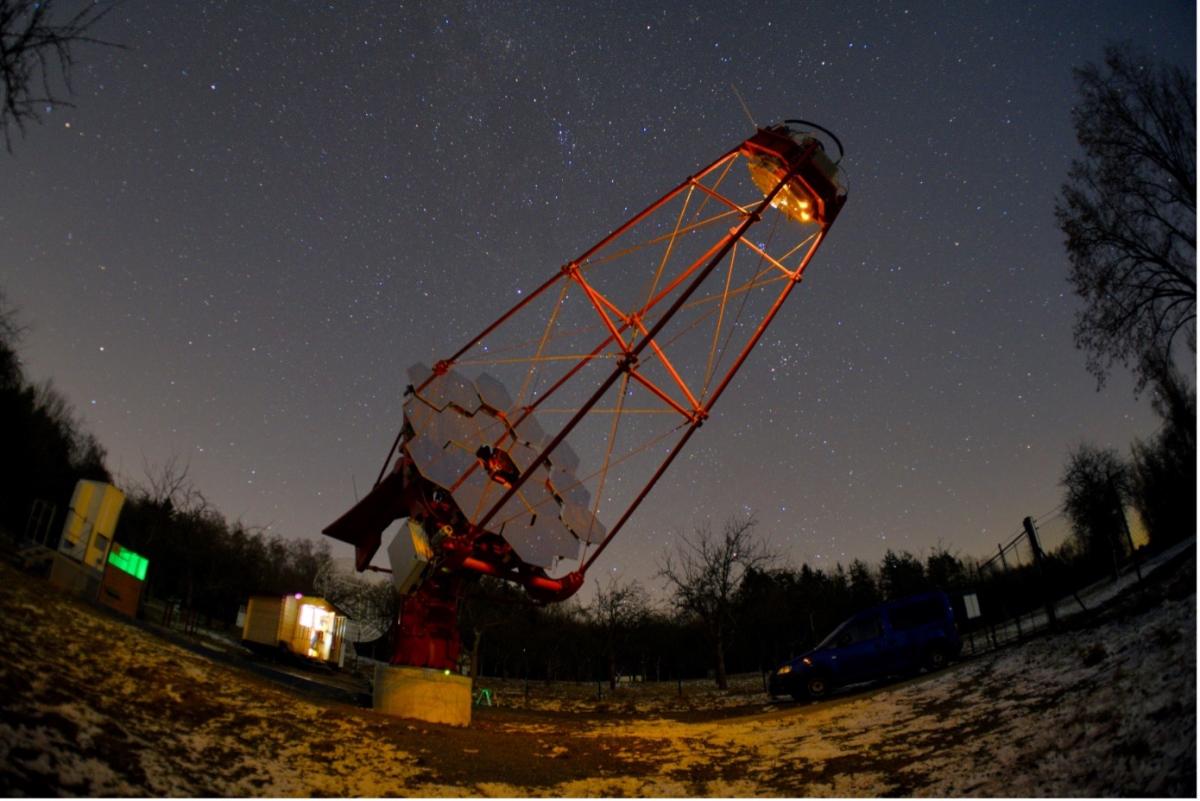 On Wednesday, February 23, 2022, the SST-1M gamma-ray telescope started first observations from the Observatory of the Astronomical Institute CAS in Ondřejov. The telescope will detect gamma rays of very high energy originating from sources in our Galaxy or more distant locations of the Universe. The project is realized in teh international collaboration of reserachers from CAS, Palacký University in Olomouc, and teams from Switzerland, Poland, and Ukraine.
On Wednesday, February 23, 2022, the SST-1M gamma-ray telescope started first observations from the Observatory of the Astronomical Institute CAS in Ondřejov. The telescope will detect gamma rays of very high energy originating from sources in our Galaxy or more distant locations of the Universe. The project is realized in teh international collaboration of reserachers from CAS, Palacký University in Olomouc, and teams from Switzerland, Poland, and Ukraine.